The historic 60th anniversary special of Doctor Who has faithfully depicted one of the most beloved stories in the entire franchise while adding some significant additions to the story. The first full episode of the limited run special series has taken the significant undertaking of adapting the events of the Doctor Who and the Star Beast comic for TV. Featuring the deceitful Beep the Meep as a shocking twist villain, the Doctor Who comic was drawn by Dave Gibbons of Watchmen fame, whose art was thoughtfully incorporated into the historic anniversary special.
Beyond simply adapting the touchstone Doctor Who story for the screen, the special was significant for the return of some familiar faces. David Tennant’s return as the fourteenth doctor has marked a groundbreaking first in the storied series, being the first time an actor has reprised the role in its entire 70-year run. Likewise, the return of recurring companion Donna had some startling implications for the lore of the program, sprinkling some heavy continuity over the base of a relatively typical Doctor Who adventure. The end result is a special that translates much of what made the original Doctor Who and the Star Beast comic so great while still adding in many fresh elements regarding the recurring cast.
7 The Meep Lands In London Instead Of Blackcastle
Moving to a more urban environment upped the stakes
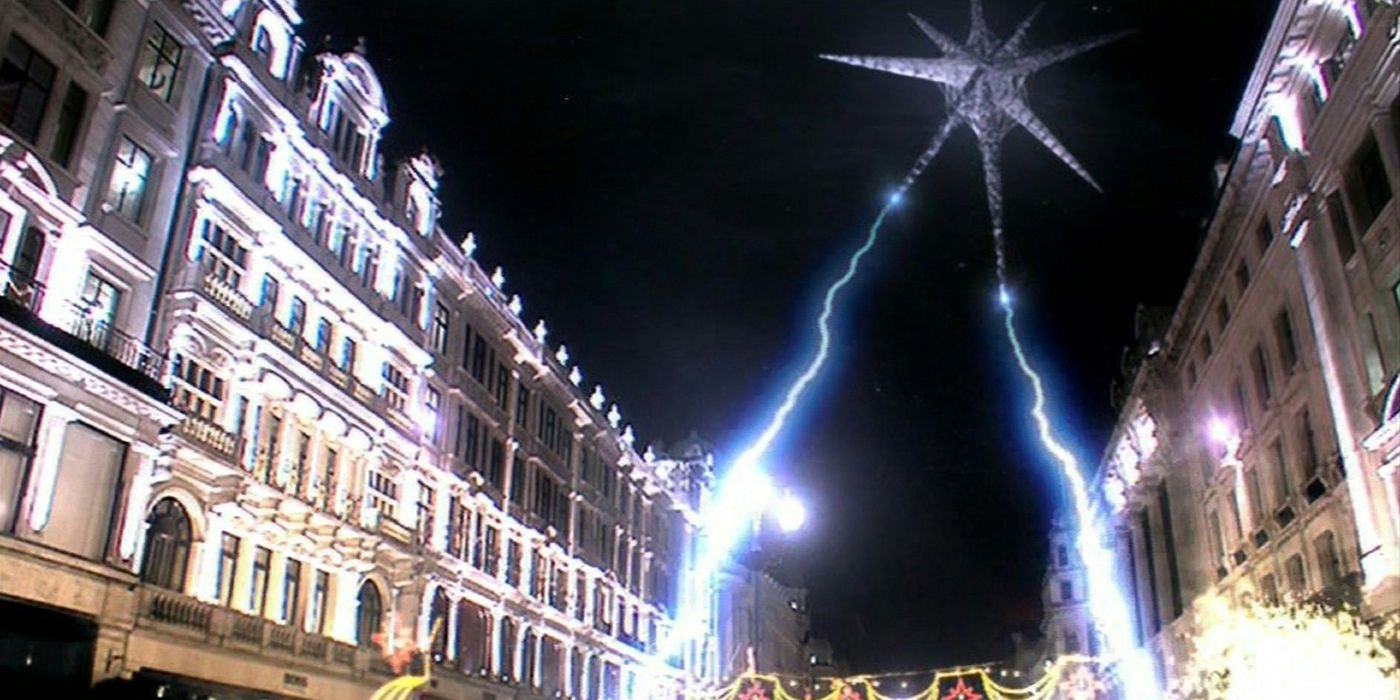
As far as science fiction stories go, the actual inciting incident that kicks off the Doctor’s encounter with the Meep is somewhat by-the-numbers, the alien beast crashing down to Earth from the stars. In the original comic, the Meep lands in a steel mill in Blackcastle, a small town in Yorkshire far from the hustle and bustle of London. However, the TV special nudges Beep’s flight path to end in the capitol city, likely so the story could tie back into Donna easily, seeing as how London was her home. Regardless, the invader still manages to find his way to a steel mill in order to concoct his escape.
6 Beep The Meep Is A Spiteful Villain
The comic’s adorable villain is every bit as evil on TV
Perhaps the single most faithful way the TV special paid homage to its source material was with its iteration of the dastardly villain, Beep the Meep. Despite his cute, fuzzy appearance, Beep is actually a depraved war criminal, capable of unspeakable acts of evil. Keen to utilize his cuddly looks to his advantage, the Meep tricks The Doctor and his companions into “helping” him escape the Wrath Warriors, who are really an intergalactic peace-keeping force dedicated to protecting the universe from the terror of the Meep race, just like in the original comic. Meep’s sudden heel-turn and reveal of his true colors is hilarious, yet terrifying, shocking viewers who weren’t familiar with the source material.
5 The Meep Brainwashes Soldiers To Do His Bidding
Every good villain needs henchmen
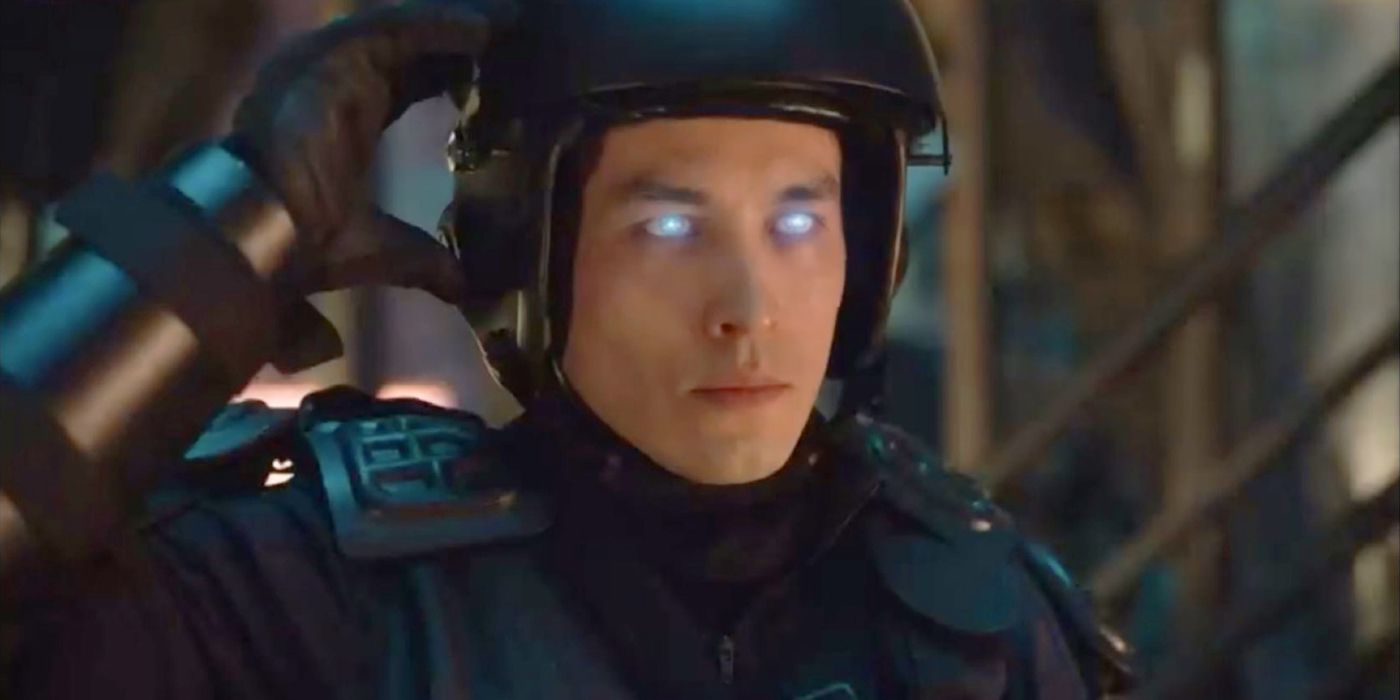
While not completely helpless, physically, the Meep isn’t much of a threat, relying on a laser pistol hidden within his fur to dispatch foes in both versions. But sometimes, a little bit of muscle power is required, which Beep finds in brainwashing the hapless citizens of Earth. Using the same psychedelic Black Sun radiation that drove his people insane, the Meep zombifies the hapless Blackcastle locals in the comic, directing them to carry out his plans. However, the T.V. special ups the ante by handing the Meep control of UNIT soldiers, members of an international task force in the Doctor Who universe dedicated to protecting Earth from alien threats.
4 The Meep’s Ship Works In The Original Comic
Star-jumps beats a dagger drive at the starting line
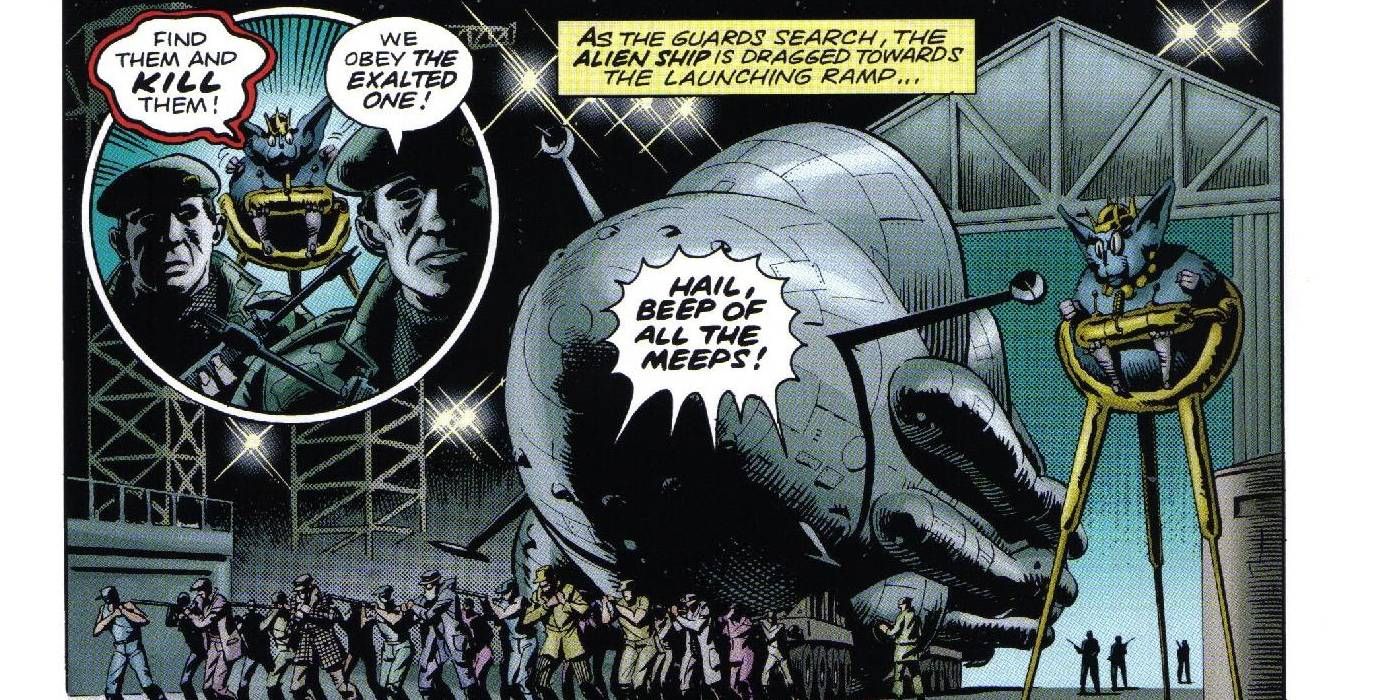
In both versions of the story, the Meep directs his subjects to build him a ship, hoping to escape Earth to continue his criminal rampage elsewhere. The climax of the 60th anniversary TV special places the crux of the drama on the Meep activating his dagger drive, which will destroy all of London as a fuel source. Luckily, the combined efforts of The Doctor and a restored-memory Donna are able to disable this device before the Meep can activate it. Conversely, in the original comic, the Meep succeeds in getting off-planet, instead Star Jumping far into space and taking the denizens of Blackcastle with him.
3 Fudge’s Role In The Comic Is Much Bigger
Rose’s friend was named after a staple character
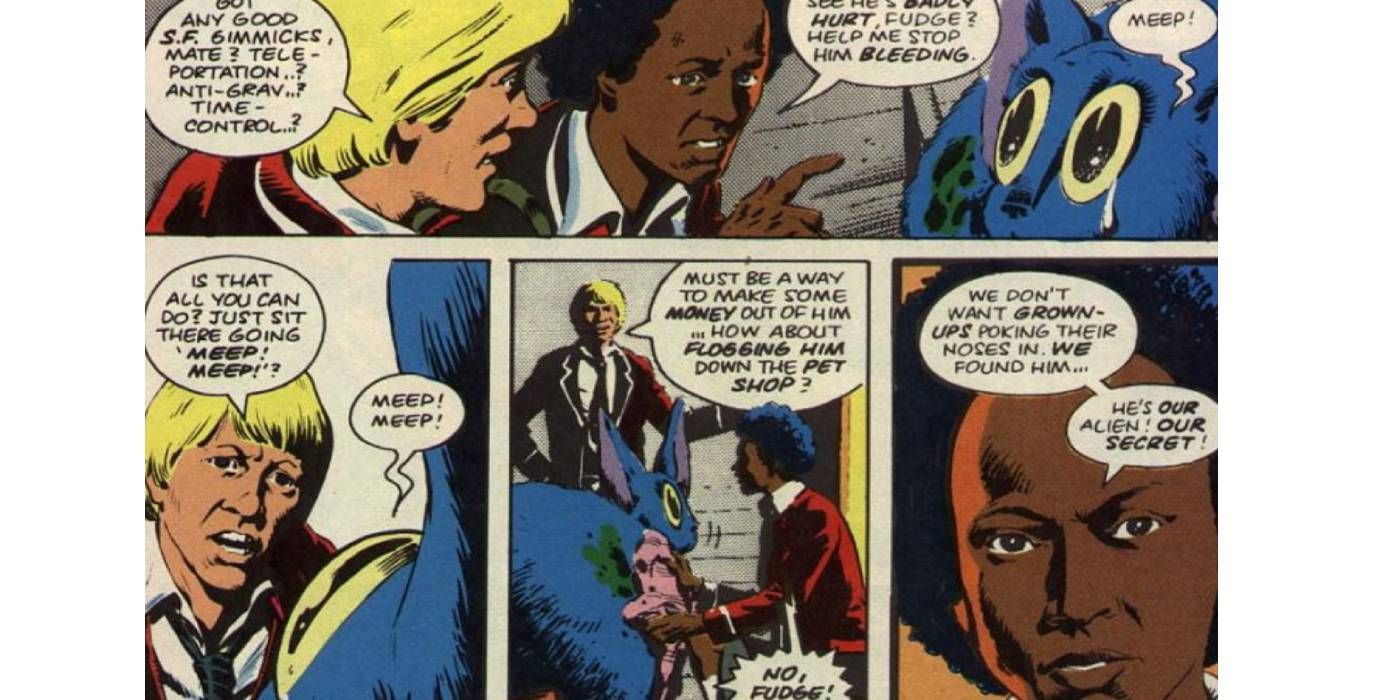
Fudge Merchandani has a relatively minor role in the TV version of “The Star Beast“, acting as more of a supporting character for Rose and not even encountering The Doctor himself. However, Fudge’s unique name is an homage to his counterpart, Fudge Higgins, a core member of The Doctor’s roster of companions in the comics. In the original Doctor Who and the Star Beast story, Fudge Higgins is present the entire time, discovering The Meep alongside his friend, Sharon, as a child. Even though there wasn’t room for Higgins to appear on TV, Fudge Merchandani’s name is a clever nod to the source material the anniversary special drew inspiration from.
2 Donna Replaces Sharon In The TV Adaptation
The tenth Doctor’s longtime friend was too important to not return
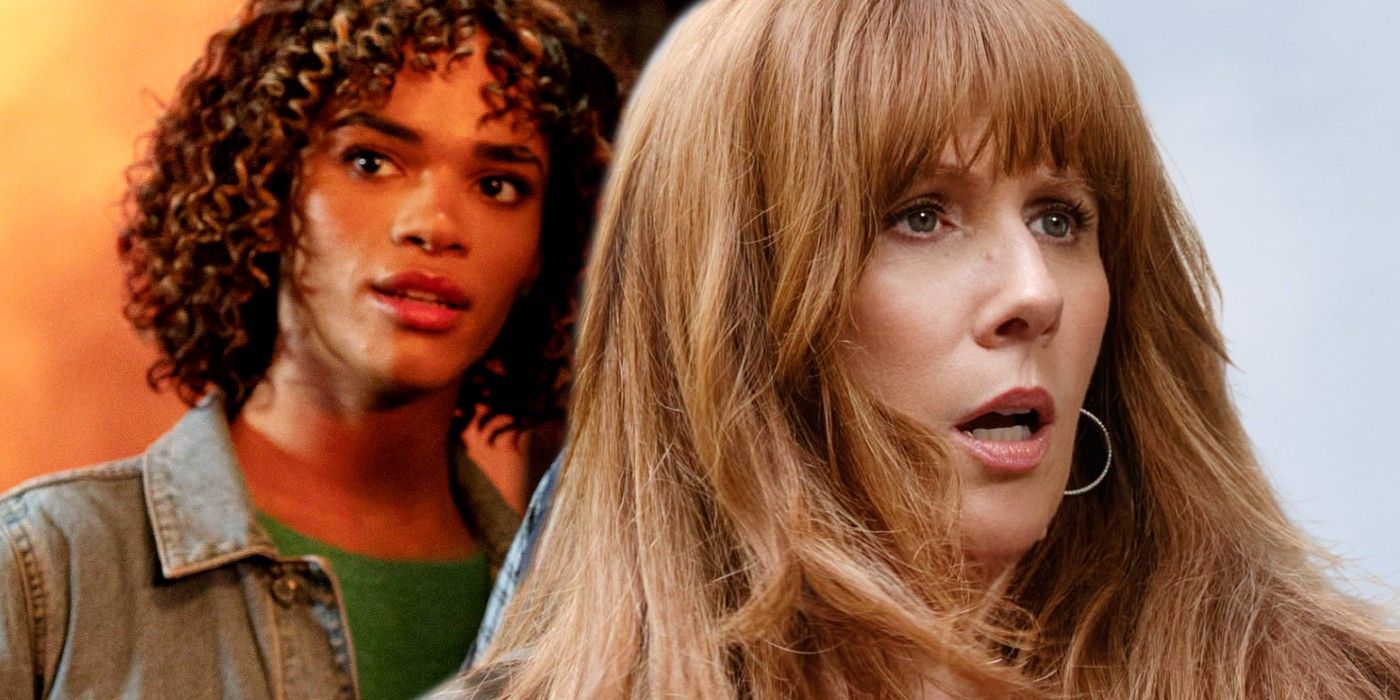
In the Doctor Who and the Star Beast comic, Sharon Davies makes her first appearance as a recurring companion. Though only a child when she encounters Meep and the Fourth Doctor for the first time, Sharon would go on to have a lengthy career featuring in The Doctor’s adventures in the comics’ continuity, aging into an adult over the course of her run as a companion. Even though Sharon hasn’t been adapted for TV, she is a significant character to the legacy of the franchise, being the first woman of color to appear as a companion in all Doctor Who media.
Meanwhile, the 60th anniversary TV special opted to include Donna Noble and her family as the primary human element of the storyline, having a memory-wiped Donna cross paths with David Tenant’s Doctor once again. The events of Doctor Who and the Star Beast were rolled into the pair’s reunion, exploring the fallout of the Planetary Relocation Incident on Donna’s mind. In the end, Donna’s daughter, Rose Noble, is revealed to have taken some of the burden of the mind of a Time Lord with her birth, allowing Donna to non-fatally regain The Doctor’s memories, even if only for a brief time.
1 David Tennant Returns As The 14th Doctor
Tennant’s historic reprisal overshadows the 4th Doctor of the comics
What made the first part of the Doctor Who 60th anniversary special so significant was the return of David Tennant as The Doctor. Though he’s technically playing a new Doctor, representing the 14th iteration of the Time Lord rather than the 10th, there’s no mistaking the triumphant return of Tennant’s performance. The gravity of a Doctor Who resurrection that actually repeats the same appearance is not lost on the episode, with Tennant himself ruminating on what the familiar face could mean. The Meep’s cryptic taunting and Donna’s own shock upon The Doctor’s return all contribute to the recognizable resurrection taking up much of the screen time, somewhat eclipsing the original comic’s story in importance.
In the first Doctor Who and the Time Beast story, it is instead the 4th Doctor who faces Beep the Meep, sweeping up Sharon and Fudge into the chaos as companions for the first time. Tom Baker played the 4th Doctor in the Television series, being one of the most iconic iterations of the character in the original run. While Tennant’s Doctor has often been compared to Baker’s, there’s no denying that Tennant’s presence in the “Star Beast” storyline isn’t only a major change, it’s one of the most significant changes to be made in any Doctor Who adaptation.




